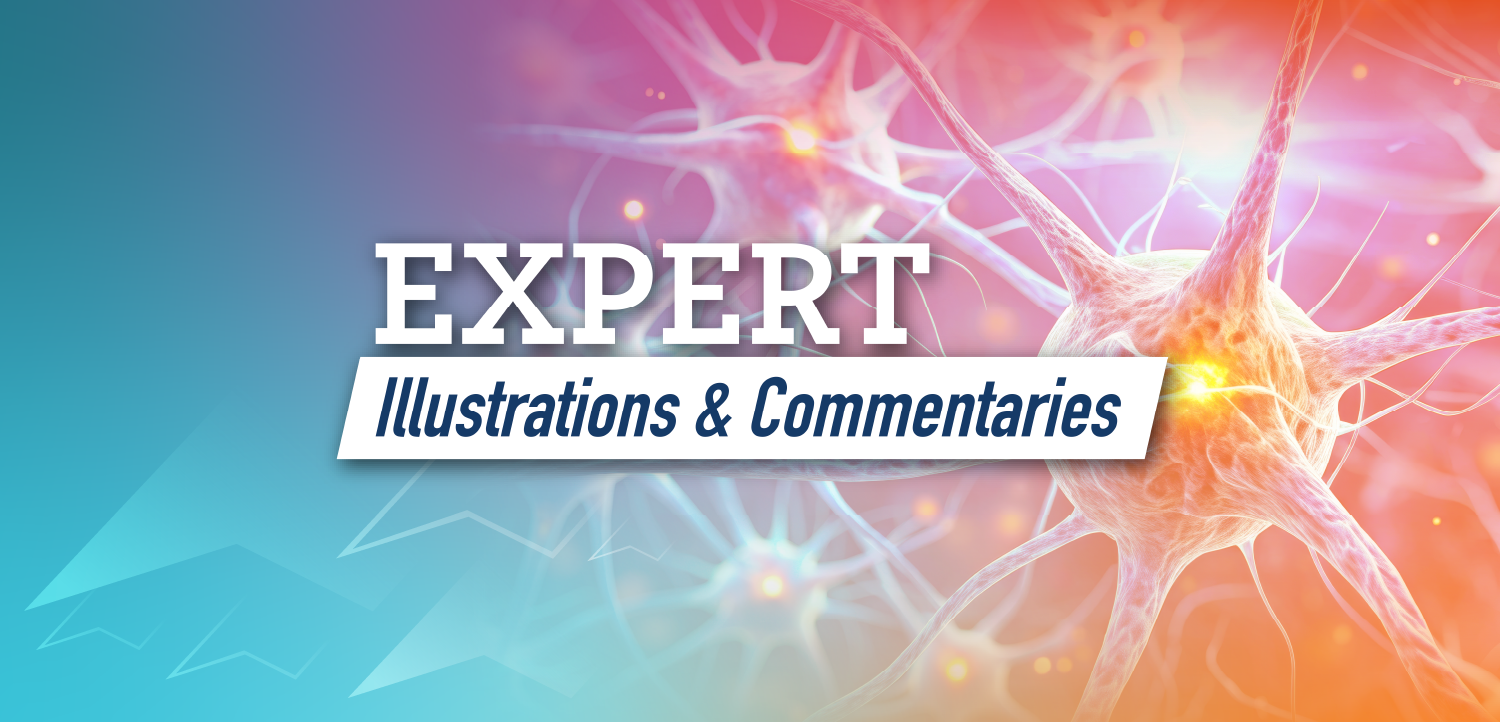
Clinicians’ Perspectives on Treatment Options, Accessibility, and Adherence in Narcolepsy
Panelists discuss the need for individualized narcolepsy management using complementary therapies like pitolisant, solriamfetol, and lower-sodium oxybate; emphasize persistence in overcoming insurance barriers through detailed documentation; and highlight practical adherence strategies alongside patient education and psychosocial support—including resources like Project Sleep and cognitive behavioral therapy—to optimize outcomes.
Episodes in this series

The clinician treats a diverse range of patients with narcolepsy, each with different personalities, goals, and work demands, highlighting that management must be individualized. They report positive experiences with therapies like pitolisant, solriamfetol, and lower-sodium oxybate. These medications complement each other well because they target different neurotransmitter systems without significant interactions. For example, pitolisant works through the histamine system, solriamfetol provides smooth, extended symptom control, and lower-sodium oxybate improves sleep quality and morning alertness. Together, they offer a comprehensive approach to managing narcolepsy symptoms effectively.
Improving access to these medications often requires persistence, as insurance companies can impose step therapy and prior authorization barriers. The clinician emphasizes the importance of detailed documentation and working within insurer requirements to help patients get the treatments they need. To support medication adherence, practical strategies such as habit stacking, using medication organizers, phone alarms, and psychosocial support are recommended. These methods help patients maintain complex regimens consistently, ultimately improving outcomes.
Patient education and support are also critical components of care. The clinician highlights Project Sleep as an excellent resource offering psychoeducation and community connection to combat misconceptions and isolation. Because patients are often cognitively impaired by sleepiness, providing written materials or website links at diagnosis helps reinforce understanding. Follow-up with cognitive behavioral therapy further supports patient knowledge and self-management. Overall, combining personalized treatment, persistence in access, adherence support, and education optimizes care for people living with narcolepsy.
Newsletter
Receive trusted psychiatric news, expert analysis, and clinical insights — subscribe today to support your practice and your patients.
















